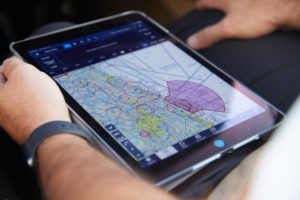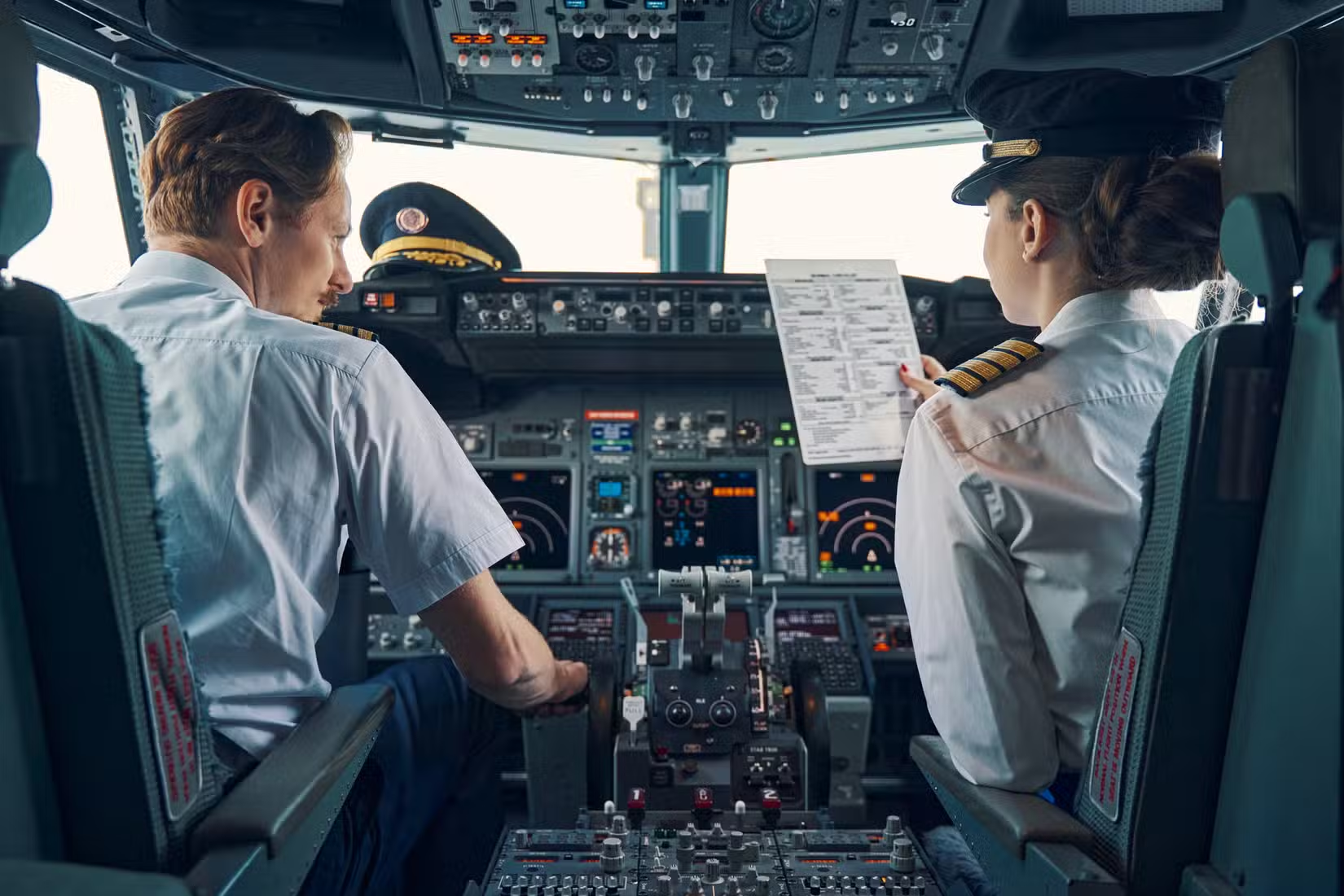6 Pilot Rules that Everyone Should Live By
Aviate, Navigate, Communicate
The principle of “Aviate, Navigate, Communicate” is a fundamental tenet in aviation. There have been numerous aviation studies conducted revealing that pilots can become so engrossed in troubleshooting a problem that they inadvertently neglect their primary task of flying the aircraft. This axiom serves as a vital reminder for pilots to prioritize controlling the aircraft first, then navigating to safety, and only after stabilizing the situation, communicating the status. Adhering to this hierarchy of actions can prevent pilots from losing sight of their most critical responsibility amidst distractions.
Always Leave Yourself an “Out”:
A fundamental principle for pilots revolves around maintaining an exit strategy, never entrapping themselves in an inescapable predicament. This entails meticulously avoiding scenarios where a safe resolution becomes unattainable. Pilots safeguard against such entrapments by proactively planning alternate routes, carrying additional fuel reserves, and consistently identifying potential emergency landing sites, even during routine operations when no immediate emergency exists. By adhering to this principle, pilots ensure they always have a viable avenue to navigate out of any unforeseen situation safely.
Nothing Flies Without Fuel:
Flight training requires a level of commitment, dedication and focus. Much like an aircraft that cannot soar through the skies without fuel, the same mentality should be had when thinking of yourself. You don’t want to experience burnout as a pilot, therefore having a healthy diet is imperative because it allows you to operate with efficiency, enabling you as the pilot to navigate the skies with precision.
In addition to a healthy diet, student pilots are taught early on in their flight training about the acronym “IM SAFE” – a simple self-assessment tool that helps evaluate their readiness to take on the skies. What does IM SAFE stand for?
- Illness
- Medication
- Stress levels
- Alcohol consumption
- Fatigue
- Emotional stability
Running through this mental checklist prior to each flight is a practice that becomes second nature, a vital preflight procedure that reminds us to be honest with ourselves and prioritizes safety above all else. It is a powerful reminder that as pilots, their well-being is intricately linked to the well-neing of the passengers and crew.
Take Off is Optional:
One of the most important rules drilled into a pilot’s mind from the very beginning is the understanding of how to land an aircraft safely. It is imperative. In the simplest terms, you cannot take on the skies confidently, if you are not also confident in landing the plane. In a metaphoric sense, “landing is mandatory, but take off is optional” serves as a reminder to approach every goal in life as a well-considered plan with a clear end goal, however for pilots, it applies in the most literal sense.
Stay Out of the Clouds:
As pilots, you are bound to encounter the power of nature and unpredictability of weather, however one of the most fundamental lessons pilots can learn is how to avoid clouds during visual flights. Although it may seem harmless, it has the ability to cause hazards including turbulence and lack of visibility.
“Staying out of the clouds” extends far beyond the aviation industry, and in many ways can be looked at as a metaphor for navigating the uncertainties and challenges of life. Just like clouds can hide potential hazards for pilots, life can present us with a multitude of situations that can obscure our vision. It can become far too easy to lose sight of your end goal, but just like pilots are taught to steer clear of clouds during visual flights, we can also learn how to avoid environments that limit our ability to navigate life’s challenges effectively.
Never Let an Airplane Take You Somewhere That Your Brain Didn’t Get to Five Minutes Earlier:
Staying ahead of the aircraft is something student pilots learn early on in their aviation career, and as they move onto their instrument ratings, it is one of the most crucial lessons one learns. The idea of staying ahead of your aircraft means maintaining a constant awareness of what is going on. It is about anticipating the next maneuver, preparing for the aircraft’s arrival at each point before it happens, and planning ahead. It is a proactive mindset a pilot should have. Much like an instrument rated pilot, the idea of staying ahead of an aircraft can be applied to life. It is all about taking control of your life with intentionality and embracing the ebbs and flow of life.
Next time you catch yourself pondering this idea, remember the lesson that most instrument rated pilots receive: stay ahead, plan ahead, and embrace your next move with a proactive mindset that will essentially guide you through the turbulence and toward clearer skies.
Are you interested in learning more than just the six rules that were discussed? Reach out to our esteemed admissions department, where they will answer any questions you may have about our admissions process to start your flight training. PEA is here to teach you more than just 6 pilot rules, and help you become the pilot you have always dreamed of. Please email us at info2@pea.com to get in touch with us.






